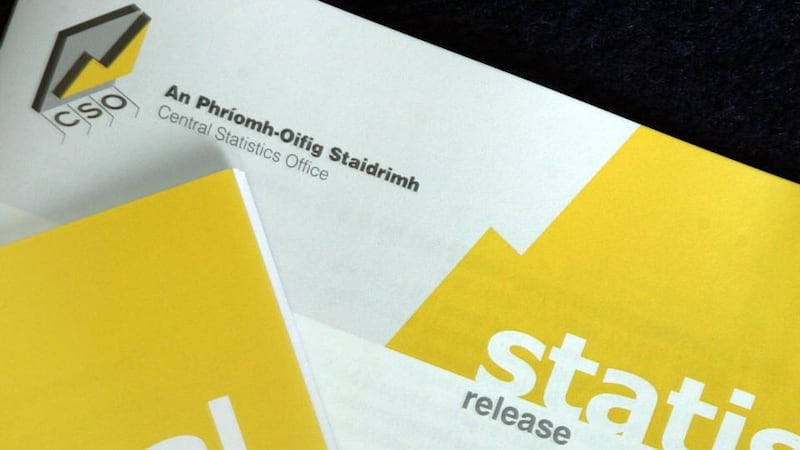In recent years Government departments have seen their websites swallowed up into the maw of one umbrella website – gov.ie. On paper that sounds like an improvement, where all information provided by Government is made available in consistent format within one portal. However, the result is a disaster for anyone who wants to get data or publications from Government departments.
Since the Department of Finance set up its website many years ago, it had become the go-to location to access information like budget publications or revenue data. While the site was far from perfect – it could be clunky when accessing data – the Department was responsive to user suggestions for improvement. Today though a user more often than not will end up at gov.ie, to be lost in a morass of recent press releases.
For example, tax revenue data or normal annual publications produced by the Department of Finance, or its sister Department of Public Expenditure cannot be readily found using a standard search on gov.ie. That is not because they have been removed; rather it is because they have been lost by the website developers who have not provided appropriate guidance.
The CSO are doing a major service to historians as they are gradually putting up past publications
The design of gov.ie seems to have been left to public relations and website experts who are concerned about communicating the latest press releases from ministers. Gov.ie acknowledges it has an incomplete set of publications, and recommends you go to the relevant departmental website for what is missing. However, as soon as you go to the Department of Finance website you are immediately guided back to gov.ie in a never ending loop.
To provide user-friendly access to the core information and detail on the State’s finances, gov.ie should have co-opted librarian skills in developing the site’s architecture and navigability. Librarians are trained in how to make information available to people in a format that they can easily find. As a regular user of TCD library, Government publications were on open access on their shelves, filed by library staff under the department that published them, and then in alphabetical order. Thus finding standard annual publications was a matter of moments. Although Trinity now uses external storage to cope with space requirements, retrieval is straightforward as their librarians have organised the material sensibly.
All is not lost for those urgently seeking Government publications! The Oireachtas library has being doing a quiet job of scanning all major Government publications since the foundation of the state, and they are freely available online. There you can find Government accounts for 2019 that cannot be found on the gov.ie website. Some of the work of the Oireachtas library is patchy, with occasional scanned files being empty, and some missing issues. Their search engine is a bit unwieldy. However, it is improving over time and their work is a huge asset to anyone who wants to look behind the latest Government press releases to what is really going on.

The best in class in my experience is the Central Statistics Office (CSO) website, cso.ie. Publications and databases are easily accessed with a readily understandable hierarchy. If you want to find details of the Labour Force Survey you go to “databases” and then “labour market”. The CSO are also doing a major service to historians as they are gradually putting up past publications.
[ John FitzGerald: Tech downturn could pose a serious threat to the exchequerOpens in new window ]
For example, the historic reports on births and deaths on the island of Ireland going back to 1864 are available online in scanned format. The Census volumes from 1926 are available, and the CSO are working on including the Census volumes for the island back to 1821. There’s also fun stuff, like Irish babies’ names by frequency, back to 1964 – 3,700 Johns that year, a mere 198 last year.
It’s good to look at how Irish data websites compare to their counterparts elsewhere. While not up to the CSO’s standard, I find the Eurostat website quite easy to use, but it also tends to mislay older data sets when new ones come along.
For those interested in all-island information, Eurostat used to be the best source for regional data on the UK, including the North – the UK’s own statistical website, the Office of National Statistics (ONS), is a nightmare to use (although they are very helpful in answering in-person queries). Unfortunately, post-Brexit, the UK no longer updates its data on the Eurostat website, so that up to date Northern economic and statistical data are left to the ONS labyrinth.





